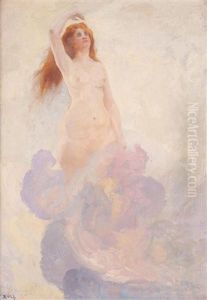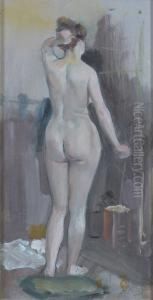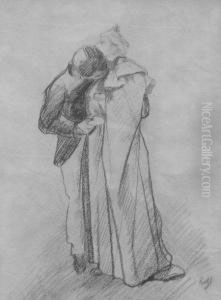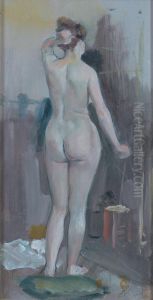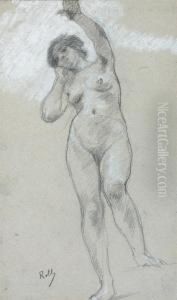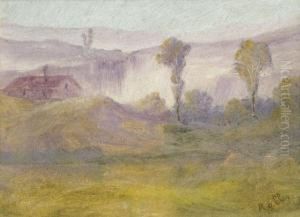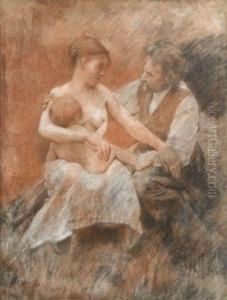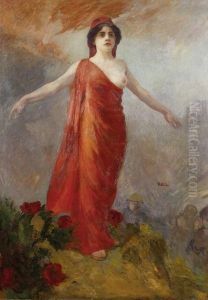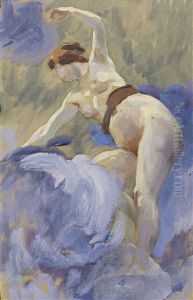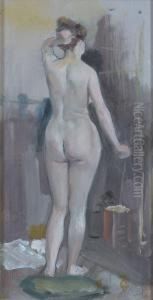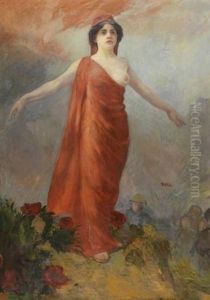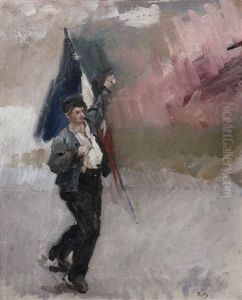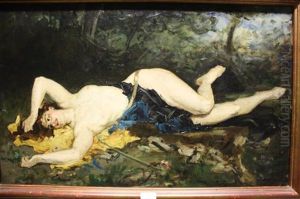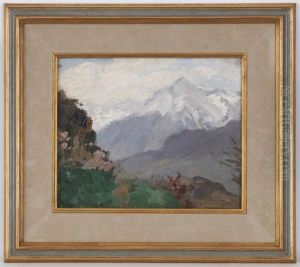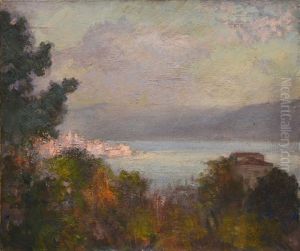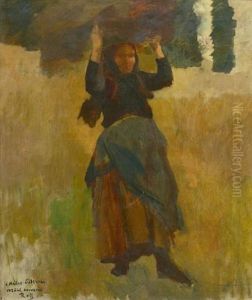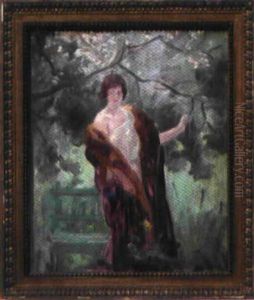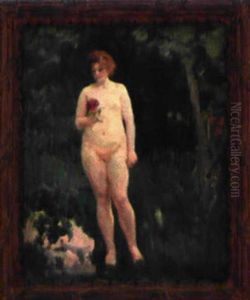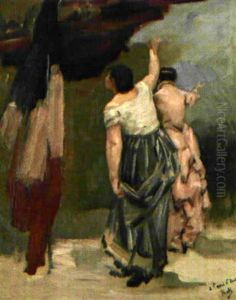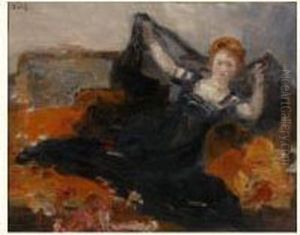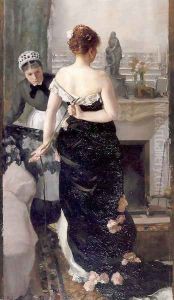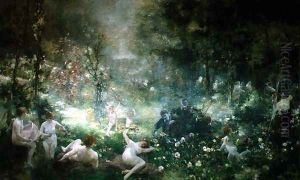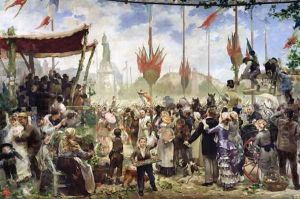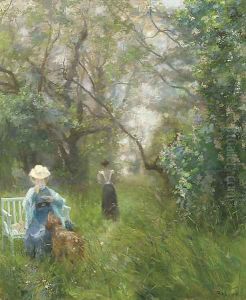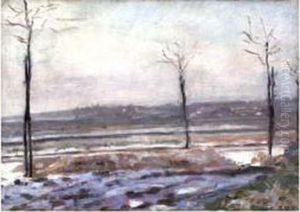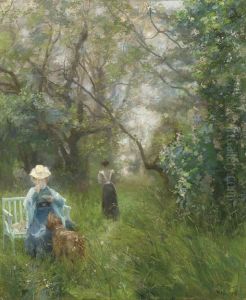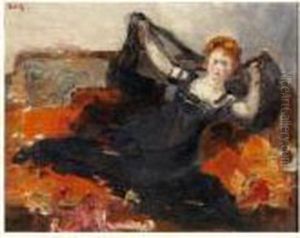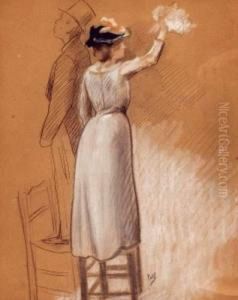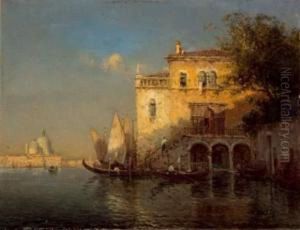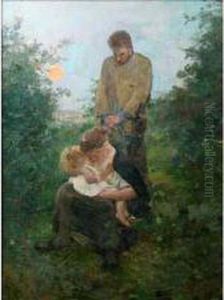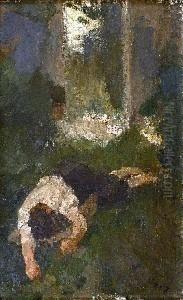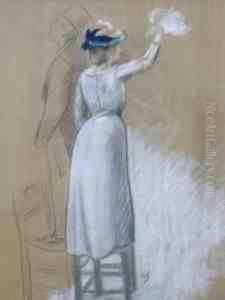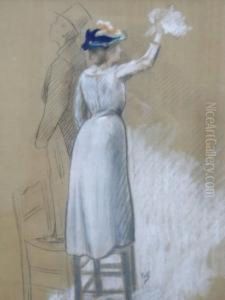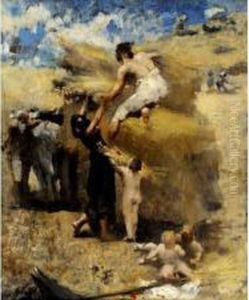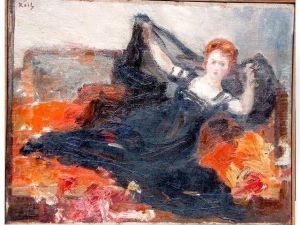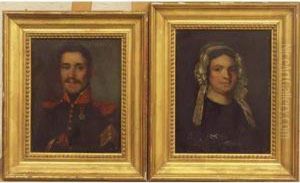Alfred Roll Paintings
Alfred Philippe Roll was a distinguished French painter known for his genre scenes, portraits, and large-scale decorative works. Born on March 1, 1846, in Paris, France, Roll established his reputation in the French art world during the latter half of the 19th century. He studied under renowned artists such as Jean-Léon Gérôme and Charles-François Daubigny at the École des Beaux-Arts in Paris.
Initially, Roll found success with his genre scenes depicting the everyday life of the working class, which was a popular subject during the era of Realism in French painting. His commitment to depicting real-life situations with emotional depth and social commentary resonated with audiences and critics alike. Roll was awarded several medals at the Paris Salon, an annual art exhibition held by the French government, for his works.
Throughout his career, Roll evolved his style, incorporating elements of Naturalism and later Impressionism. His ability to adapt and explore different painting techniques helped him remain relevant in the rapidly changing art scene of the time. Roll was also known for his large-scale decorative works, which were commissioned for public buildings, including the Hôtel de Ville and the Sorbonne in Paris.
In recognition of his contributions to French art, Roll was made a Knight of the Legion of Honor in 1875 and was promoted to the rank of Officer in 1889. His works continued to be celebrated after his death, with retrospectives and exhibitions dedicated to his legacy.
Alfred Roll passed away on October 27, 1919, leaving behind a body of work that encapsulates the spirit of the Third Republic in France and continues to be studied and admired for its historical significance and artistic merit. His paintings can be found in many prestigious collections and museums around the world.
